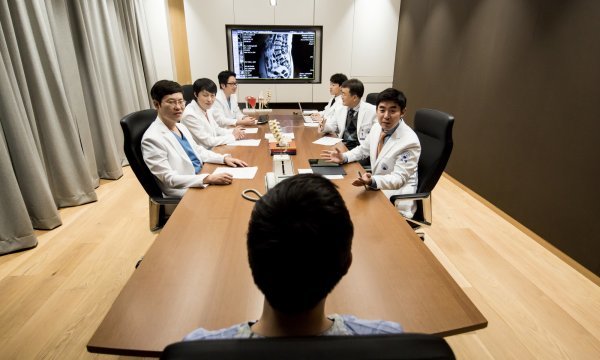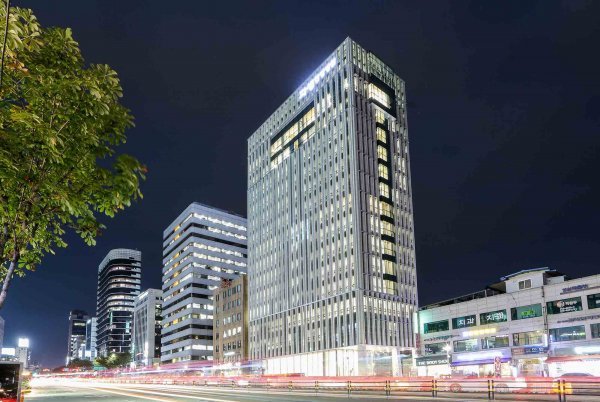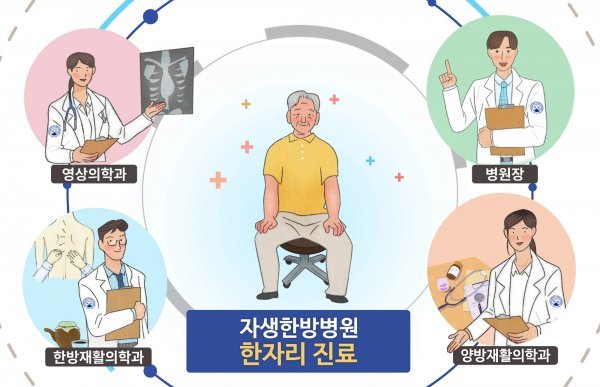RELATED Live.
- About us
- KIMA Members
-
KIMA Doctors
- All
- Anesthesiology
- artificial joint center
- Breast and Endocrine Surgery
- Breast cancer and thyroid cancer center
- Breast Surgery
- Cardiology
- Cardiothoracic Surgery
- Cerebrovascular Center
- Colorectal Surgery
- dental and maxillofacial surgery
- Dermatology
- Endocrinology
- Gastroenterology
- General Surgery
- Genito-Urology
- Hematology
- Hemato-oncology
- Infection Center
- Internal Medicine
- International Healthcare Center
- Korean Medicine
- liver center/Pancreas and billiary tract center
- Liver Transplantation
- Neurology
- Neurosurgery
- Obstetrics & Gynecology
- Ophthalmology
- Orthopedic
- Otorhinolaryngology
- Pediatric & Juvenile
- Pediatric Allergy and Respiratory Diseases
- Pediatric Gastroenterology
- Pediatric Neurology
- Pediatrics
- Physical Medicine & Rehabilitation
- Plastic & Reconstructive Surgery
- plastic surgery
- Pulmonology
- Radiation oncology
- Rheumatology
- Thyroid & Endocrine Surgery
- Urology
- Vascular Surgery
- KIMA News
- KIMA Live
- Community
KIMA NEWS

“Personalized care for each patient”… Jasaeng Hospital of Korean Medicine ‘Hanjari Treatment’
Focused on reducing treatment time and cost
Established Hanjari Treatment in 2017, Jasaeng Hospital of Korean Medicine
Multidisciplinary care with traditional Korean medicine, western rehabilitation, and radiology
Needs various institutional support including medical expenses
Information of medical services can be asymmetric, so patients are likely to visit various medical institutions to make sure the result of examination and treatment. It is also common for patients to try a new doctor when they are not content with the treatment the first doctor provided. In particular, information asymmetry is worse in Korea as there exists dual medical service system: traditional Korean and western medicine.
If two different medical services can mesh and work together by utilizing its own advantages, the treatment effect can be even better for patients. ‘Hanjari treatment’ that Jaseng Hospital of Korean Medicine established is a successful case that demonstrates the synergy effect of the collaborative system of traditional Korean and western medicine.
Outstanding case of ‘Collaborative System of Traditional Korean and Western Medicine’ Phase 2 pilot project
The government is also paying attention to the advantages that the collaborative medical service brings. In order to improve medical service and develop medical technology, the ‘collaborative pilot project of traditional Korean and western medicine’ was implemented and it was verified that treatment cost and time were effectively reduced.
Jaseng Hospital of Korean Medicine has carried out the philosophy of non-surgical traditional Korean medicine through the collaborative medical system for a long time. In 2017, it consolidated the best multidisciplinary knowledge and successfully established a collaborative treatment system with traditional Korean and western medical doctors together, which is named ‘Hanjari treatment’.

It is a recent trend of medical care that reliable medical institutions abroad pursue to establish a collaborative system with various layers of fields and institutions.
Globally renowned cancer centers including the MD Anderson Cancer Center in the United States (affiliated to the University of Texas), the Dana-Faber Cancer Institute (affiliated to the Harvard Medical University Hospital), and the Memorial Sloan Kettering (MSK) Cancer Center have established and operated a medical multidisciplanary system.
‘Hanjari Treatment’ is a system in which the doctors from the rehabilitation department of traditional Korean medicine, western rehabilitation department, radiologists, and other western medical specialists gather in one place to treat patients.
The best feature is the unified multidisciplinary system, where the diagnosis and treatment procedures used to be separated. Each specialist sits in one place and shares their experiences and knowledge to establish the optimal treatment plan to meet the individual patient's need.
At Jaseng Hospital of Korean Medicine, the first step that a doctor performs is to identify a disease in the patient's spine and joint with imaging equipment, X-rays and MRI.
Based on the exam, 4 to 5 traditional Korean and western medicine specialists discuss to diagnose the condition under the supervision of the hospital director, communicate with the patient, and determine the appropriate treatment.
The best advantage of this system is that several doctors from various fields can provide the personalized medical service to one patient.
Also, it can increase the convenience and treatment effect. It is available to minimize the confusion that patients can feel from the information asymmetry between traditional Korean and western medicine, and prevent treatments from being overlapped.
Besides, we are solving the confusion that patients can have after going through various treatments which depend on the experience of a doctor. It is reported that unnecessary overtreatments have been drastically reduced after the doctors find the optimal treatment within the multidisciplinary system.
Hanjari treatment at Jaseng Hospital of Korean Medicine was selected as an excellent case of the 2019 ‘Phase 2 pilot project of traditional Korean and western collaborative treatment’ and received the Minister of Health and Welfare Award.

Multidisciplinary system requires to be activated
Billing system of medical expense needs to be modified
In this regard, a research paper was published stating that the treatment satisfaction and preference for Hanjari treatment were high.
In September and October in 2017, the Spine and Joint Research Institute of Jaseng Hospital of Korean Medicine conducted a survey on 1008 men and women between 35 and 75 years old. According to the survey, more than half of the respondents preferred the collaborative system of meeting with the doctors from various fields in one place.
On the other hand, the preference for non-collaborative treatment, choosing only one from either traditional Korean or western medicine, had 220 respondents, which was less than half that of collaborative treatment. This research paper was published in ‘Medicine (IF=1.552)’, an SCI(E)-level international academic journal in May.
Dr. Yoonjae Lee, a Korean oriental medicine doctor at the Spine and Joint Research Institute, conducted the research and mentioned, “Through the research, we were able to confirm that there is a high demand from patients for collaborative medical consultation.” He added, “However, in order for collaborative treatments to be activated, various institutional systems including medical expense supports are required in the future.”
As Dr. Yoonjae Lee pointed out, collaborative treatment needs to be further activated, considering the preferences and advantages that patients can take. But insurance companies allow only one medical bill of a patient even though multiple doctors are involved in the collaborative treatments, which needs better institutional support for patients.
Jaseng Hospital of Korean Medicine is the first in Korea to have established collaborative treatment system for spine and joint patients. Still, we are working harder to develop the Hanjari treatment system with better efficiency.
Also, we have a plan to secure the leading position as a 'first mover' that inducts the paradigm of non-surgical spine and joint treatment.
Inquiry